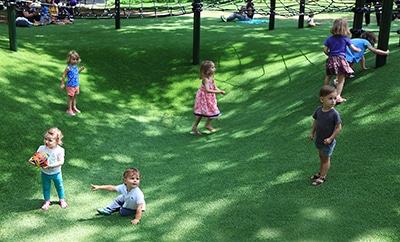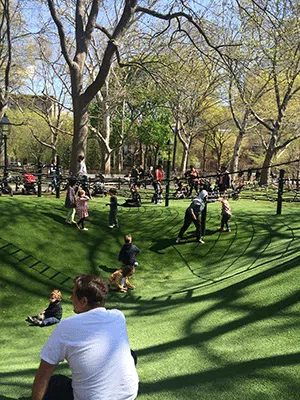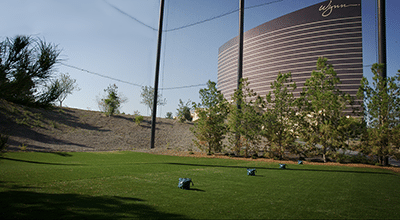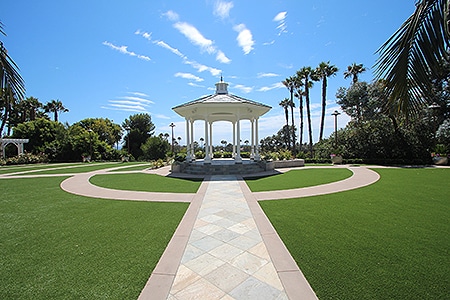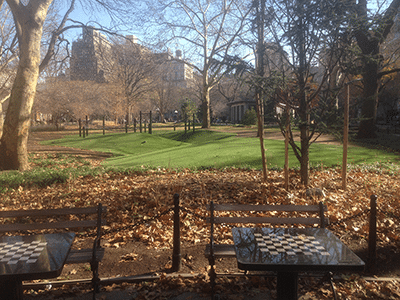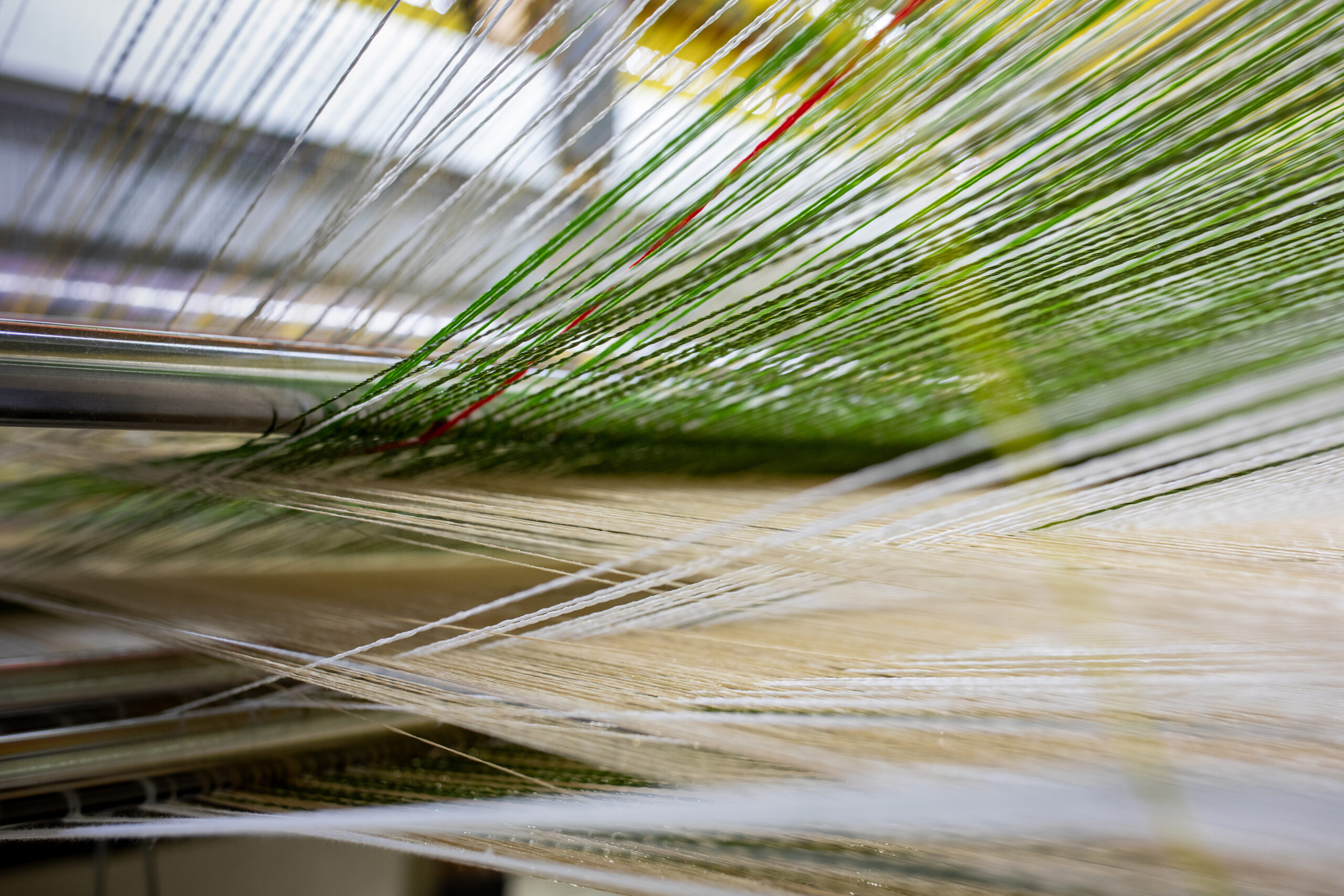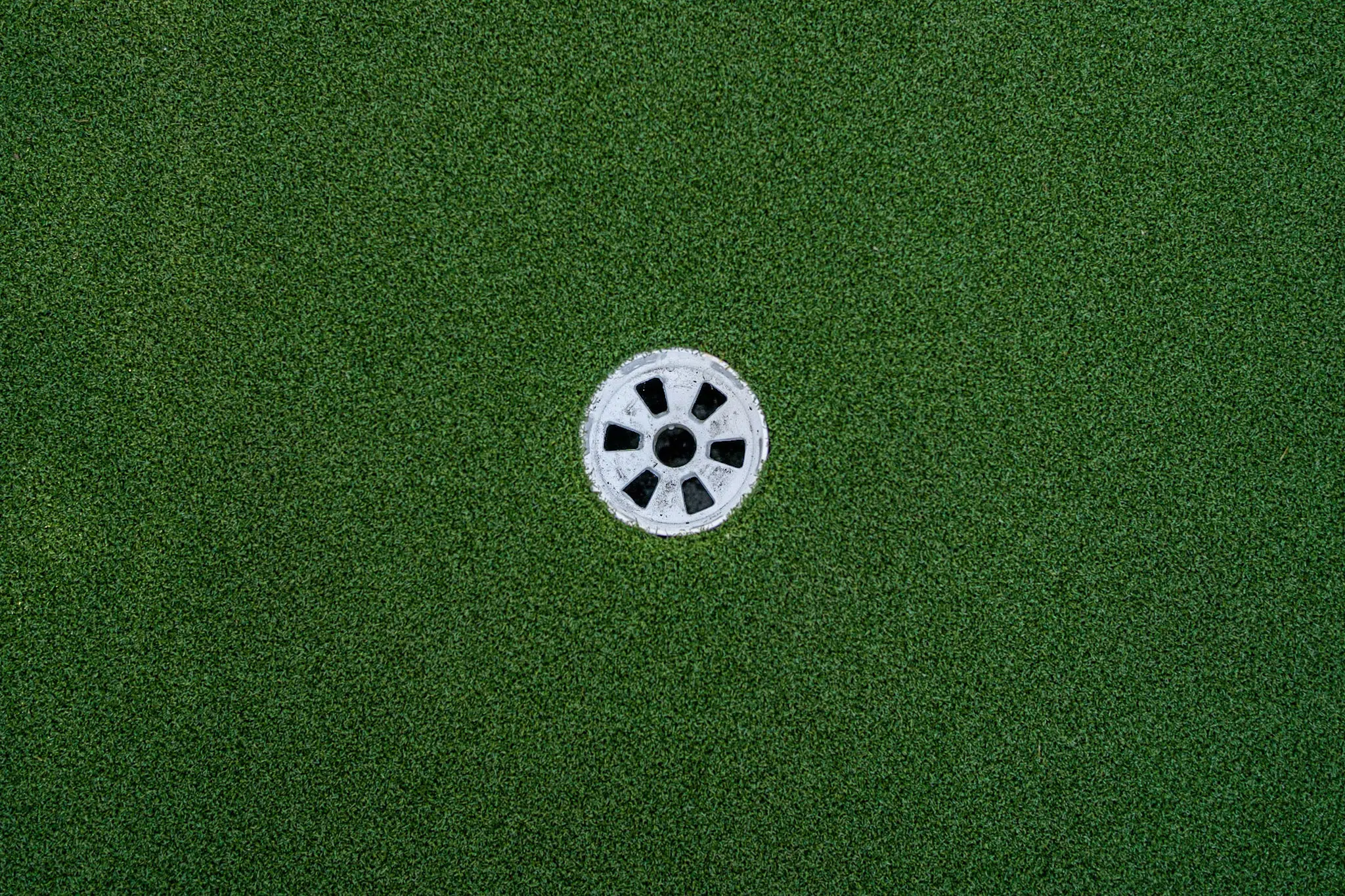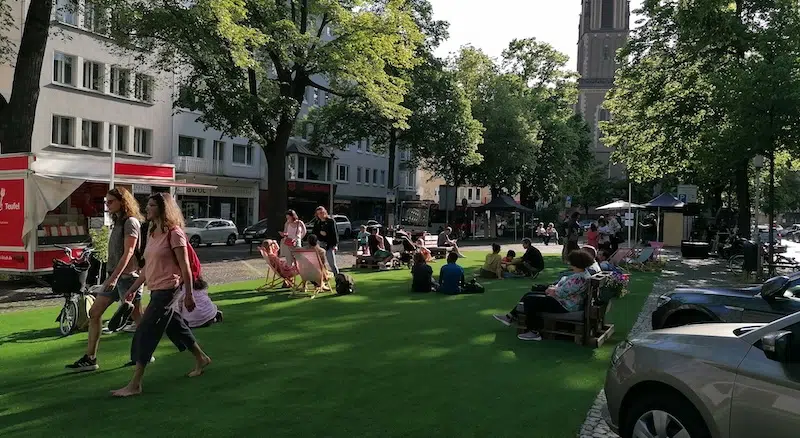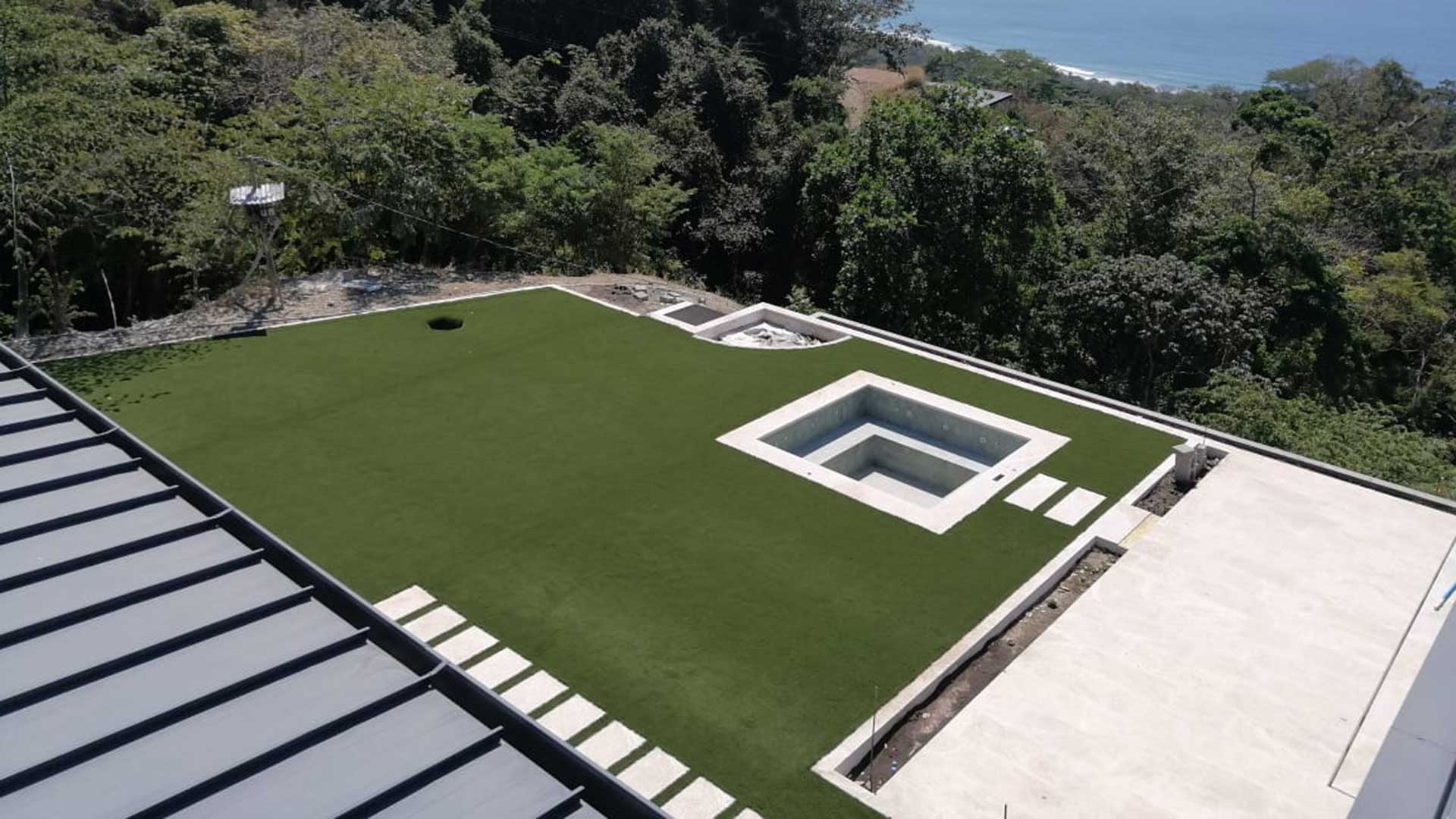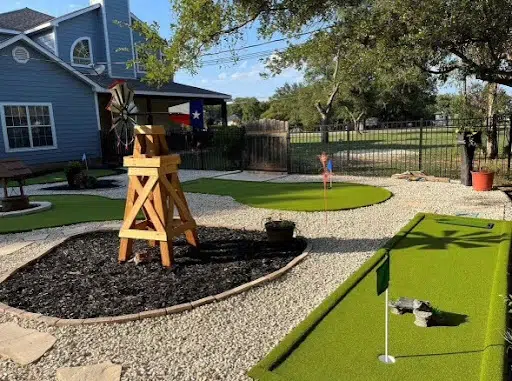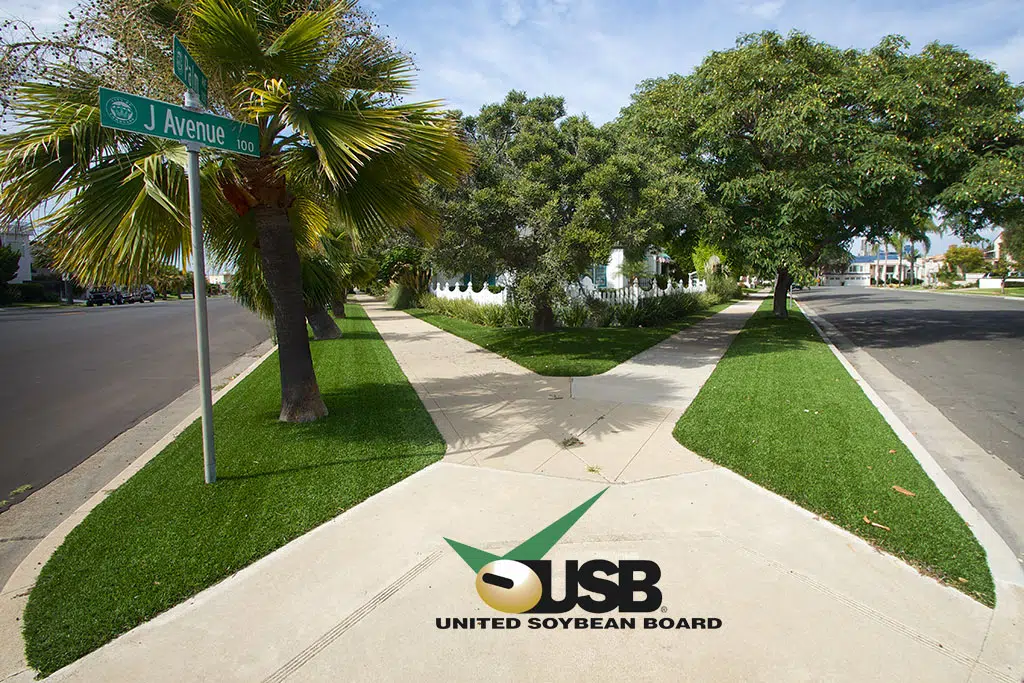
Soy-backed SYNLawn solving problems Coast to Coast
As reported by the United Soybean Council.
From the severe drought plaguing the western United States, to the re-imagining of city parks with innovative and sustainable landscapes, to pesky insects, soy-backed artificial grass is part of the solution.
Because SYNLawn synthetic grass has a bio-based backing, it can help buyers increase purchases of bio-based products and at the same time reduce water consumption.
Federal agencies are facing new water reduction requirements as a result of President Obama’s new Executive Order: Planning for Federal Sustainability in the Next Decade (EO 13693). The EO directs federal agencies to reduce by 2 percent annually through the fiscal year 2025 the gallons of water used for industrial, landscaping, and agricultural consumption relative to the fiscal year 2010 baseline.
SYNLawn artificial grass is made with a soy-based backing called EnviroLoc™ which uses soy-based polyol technology developed with support from the soybean checkoff. Based on UL third-party verification, soybean oil displaces 60 percent of the petroleum-based polyurethane in common artificial grass products.
Urban Park Transformed
Why are park architects from Paris to Philadelphia flocking to New York City’s Washington Square Park? NYC Parks’ Landscape Architect George Vellonakis has responded to numerous inquiries from other park planners who want to know more about how he used soy-backed SYNLawn synthetic grass in the renovation of Washington Square Park.
The most recent phase of the three-phase Washington Square Park renovation included re-imagining the old asphalt mounds that were installed in the 1970s. Vellonakis, who was tasked with renovating the mounds, said the asphalt was in disrepair and had become a liability and the play structures had long been removed.
Vellonakis designed mounded hills graded and slightly submerged into the landscape to allow for a continuous open meadow. The area also includes a cable play structure respectfully placed within this restored historic landscape that is now very popular with the children. After deciding that synthetic grass was the way to go because of its low maintenance and aesthetic appeal, he then turned his attention to choosing the right product.
“SYNLawn is the best product out there for use in tandem with an existing green feature — like a lawn – and when trying to coexist with a historic park,” Vellonakis said. “The color was the most compatible with the surrounding natural lawn and the product doesn’t have a sheen like some others.”
In addition, the renovation included a Leadership in Energy and Environmental Design (LEED)-certified park house and comfort station. “The fact that the backing on the artificial grass is made using soy definitely played a role, as did removing a hardscape,” he said.
An unexpected benefit of the redesign is the increased family bonding it encourages. “It’s very magical,” says Vellonakis when describing how the park’s famed “Hills” encourage playful interaction between children and their parents or nannies. “Instead of sitting on park benches observing their children play, adults are out there too – rolling around with their kids.”
Vellonakis says “kids flock to the Hills and really use their imaginations” when tackling the artificial grass-clad mounds. The unique design allows more imaginative play than would occur on a stationary play structure. He estimates that on a nice day, between 300 and 400 children visit the Hills.
Vellonakis expects to see additional uses of SYNLawn in New York City as leaders focus on ways to incorporate more green space, especially in low-income communities. Two parks in Brooklyn – Sunset and Betsy Head – are in the process of installing
SYNLawn. That renovation work is expected to be completed in the summer of 2015.
About Washington Square Park–Located on land steeped in history, Washington Square Park was established in 1827 and named for this country’s first President. The Park encompasses slightly more than ten acres in Manhattan’s Greenwich Village neighborhood. The iconic Washington Arch is one of the park’s most recognized features.
Water Shortages Drive Demand for Artificial Turf
The water-deprived West is quickly realizing the benefits of artificial grass as well. Water shortages have lawmakers, homeowners and businesses all facing brown and dead grass across neighborhood lawns, parks, cemeteries and golf courses.
In Las Vegas, Nevada, the average homeowner uses 73 gallons of water per square foot of lawn grass annually – the equivalent of 10 feet of rainfall, according to Southern Nevada Water Authority (SNWA) Conservation Manager Doug Bennett. That’s why the region has been aggressive about water-saving solutions since 1999. The Water Smart Landscapes program, which provides cash incentives to homeowners who replace ornamental lawns with more efficient landscapes, has converted nearly 4,000 acres — 173 million square feet — of lawn space. That’s enough to cover nearly 3,000 football fields, according to SNWA.
Bennett reports than one in four residential landscape conversions in southern Nevada use artificial grass in some capacity. He points out that even the famed Las Vegas strip has acres of synthetic grass installed along the median and around the famous “Welcome to Fabulous Las Vegas” sign.
Bennett stresses the importance of integrating synthetic grass with living plants. “It looks better and creates a more appealing effect when turf is blended with living plants,” Bennett said.
Nevada’s program requires that water efficient landscapes include a minimum amount of living plants. For example, a typical lawn may consist of an area with artificial grass, mulch or stone section, interspersed with drought-resistant shrubs and trees.
“I was skeptical about synthetic grass at first because of the harsh UV environment here,” Bennett said. “I have been pleasantly surprised that artificial grass is withstanding the test of time and most has held up very well for more than ten years.”
Bennett sees an added benefit when soy-backed synthetic grass is used. “Not only does the product reduce petroleum use, but because it uses soy it’s a way that agriculture can help cities deal with water shortages.”
SYNLawn Solves Another Pesky Problem
Lawns in many states are becoming lunch for a hungry pest. According to Michigan State University’s Extension Service, the invasive European Chafer Beetle has been found in New York, New Jersey, Connecticut, Pennsylvania, Massachusetts, Rhode Island, Ohio, Michigan, Delaware, and southern Ontario. The beetle was unknowingly brought over in a crate of flowers from Europe and has spread rapidly, tearing up gardens and lawns. These pests feed on the roots of all types of plants leaving massive destruction in their wake. Yet again, artificial grass can be a cost-effective, long-term solution to this pesky problem.
SYNLawn artificial grass is available at over 800 Lowes stores in the U.S. and Canada. For more information visit: lowes.synlawn.com.
This case study is provided for information only. The United Soybean Board does not endorse, promote or make any representations regarding any specific suppliers mentioned herein.
